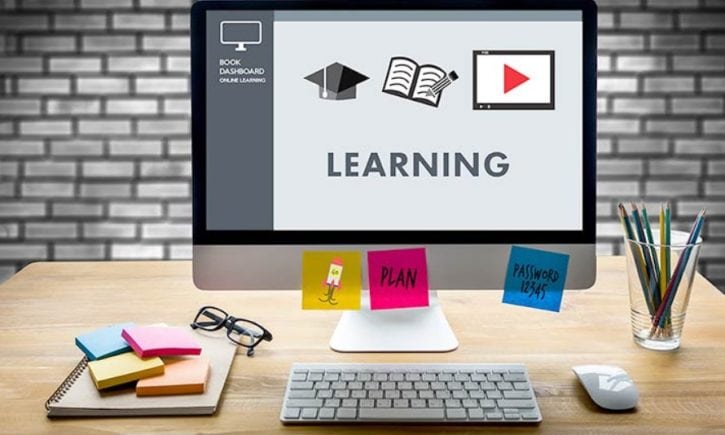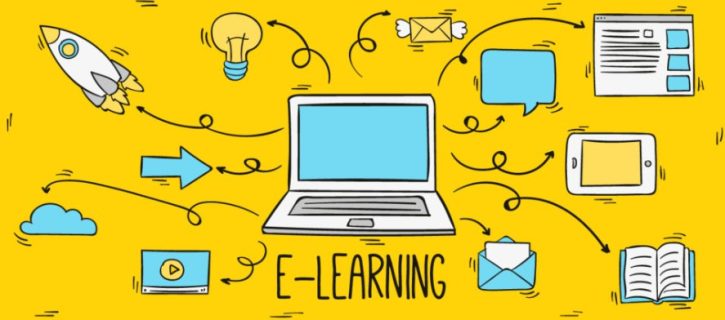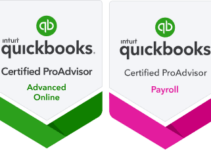In the current digital era, the education sector is undergoing a massive transformation. Globally, students and educational institutions are abandoning the one-dimensional, chalk-and-board learning methods. In this article, I have shared 10 benefits of E-learning.
Instead, they have adopted a variety of online technologies to facilitate, simplify, and contextualize the entire learning process, such as e-learning in higher education.
High tuition costs, budget constraints, and course shortages are a few of the reasons why students around the world are seeking alternatives to the traditional educational system in order to pursue their education.
Due to its growing reputation, electronic learning has become one of the most popular higher education options in recent years.
Online courses are awarded credit, and their certificates are identical to those for on-campus courses.
According to the National Center for Education Statistics, the number of students enrolled in online-only courses or taking at least one online course as part of their official education increases daily.
E-learning is the delivery of educational content and the acquisition of knowledge through the use of digital resources.
Even though the entire learning process is based on formal education concepts, it is delivered online via electronic devices such as computers, tablets, and even smartphones.
Students can now access their online lessons at any time and from any location.
Top 10 Benefits Of E-Learning 2024
To summarise, the following are ten key benefits that online education has over its more conventional counterparts:
2. Online education has the potential to eliminate teacher shortages
In a 2019 paper, educational economists from the EPI (Economic Policy Institute) stated that the shortage of experienced teachers is “real, significant, expanding, and worse than we anticipated.”
In addition, the LPI (Learning Policy Institute) has repeatedly emphasized the issue of teacher shortage, identifying it as “one of the gravest challenges facing policymakers.”
The solution to the problem of teacher shortages will likely be difficult, but the benefits of E-Learning in mitigating teacher shortages may be undervalued. Let’s make a comparison in order to clarify.
E-Learning courses designed by one or two certified and experienced professors can be delivered to thousands, if not millions, of students, whereas traditional universities have an average of 16,5 students per faculty member.
E-learning has the potential to reduce the need for the 3 million-person teaching workforce that currently exists in the United States. Instead of focusing our efforts on recruiting more teachers, we should consider allowing our best instructors to use E-Learning to reach a wider range of students.
4. Individualization: Customized Course Structure
Employees working in environments devoid of photos, plants, souvenirs, and other “distractions” were 15 percent less productive than those who worked in environments with these “distractions.”
This is also true in the educational setting: students whose learning environment is unfavorable will experience detrimental effects on their academic performance and mental health.
A conventional classroom is predetermined by educators according to their preferences. The learning environment is rarely designed with the student in mind.
When utilizing E-Learning, however, students are in complete control of their learning environment. Students who desire a plant-filled environment can have their e-learning environments tailored to their preferences.
Students who prefer a simple, distraction-free learning environment may find this E-Learning environment beneficial.
6. There is no requirement for textbooks
According to Applied Education System, the textbook market is worth between $7 and $10 billion, and the average college student spends over $1,200 annually on textbooks alone.
Numerous students use their student loans to purchase textbooks, and it is well known that students who graduate with student debts are more anxious and depressed.
E-Learning is advantageous because it eliminates the need for students to purchase textbooks. All of the learning resources are accessible online without restriction.
In contrast to textbooks, which must be reprinted and repurchased when they become obsolete, online learning resources can be repeated and updated indefinitely.
8. E-learning Adapts to Your Particular Requirements
Online education is designed to meet the needs of all students.
Newspapers, books, and all other forms of media have moved into the digital realm as a result of technological advancement.
The same can be said about education, as housewives and individuals with full-time jobs can take online courses while pursuing higher education. They are free to select their productive hours, which typically occur on weekends when they have extra time.
Given the majority of the world’s population’s hectic daily schedules and lives, multitasking appears to be the future.
10. Easy Tracking of Learning Progress and Measurable Outcomes
E-learning is exceptional for tracking results, evaluating outcomes, and receiving feedback. While it is impossible to keep a close eye on every student pursuing an education in the traditional system, e-learning approaches permit a constant and consistent evaluation of progress.
As a result, each student’s needs are met, and the overall quality of education is enhanced.
Quick Links:





